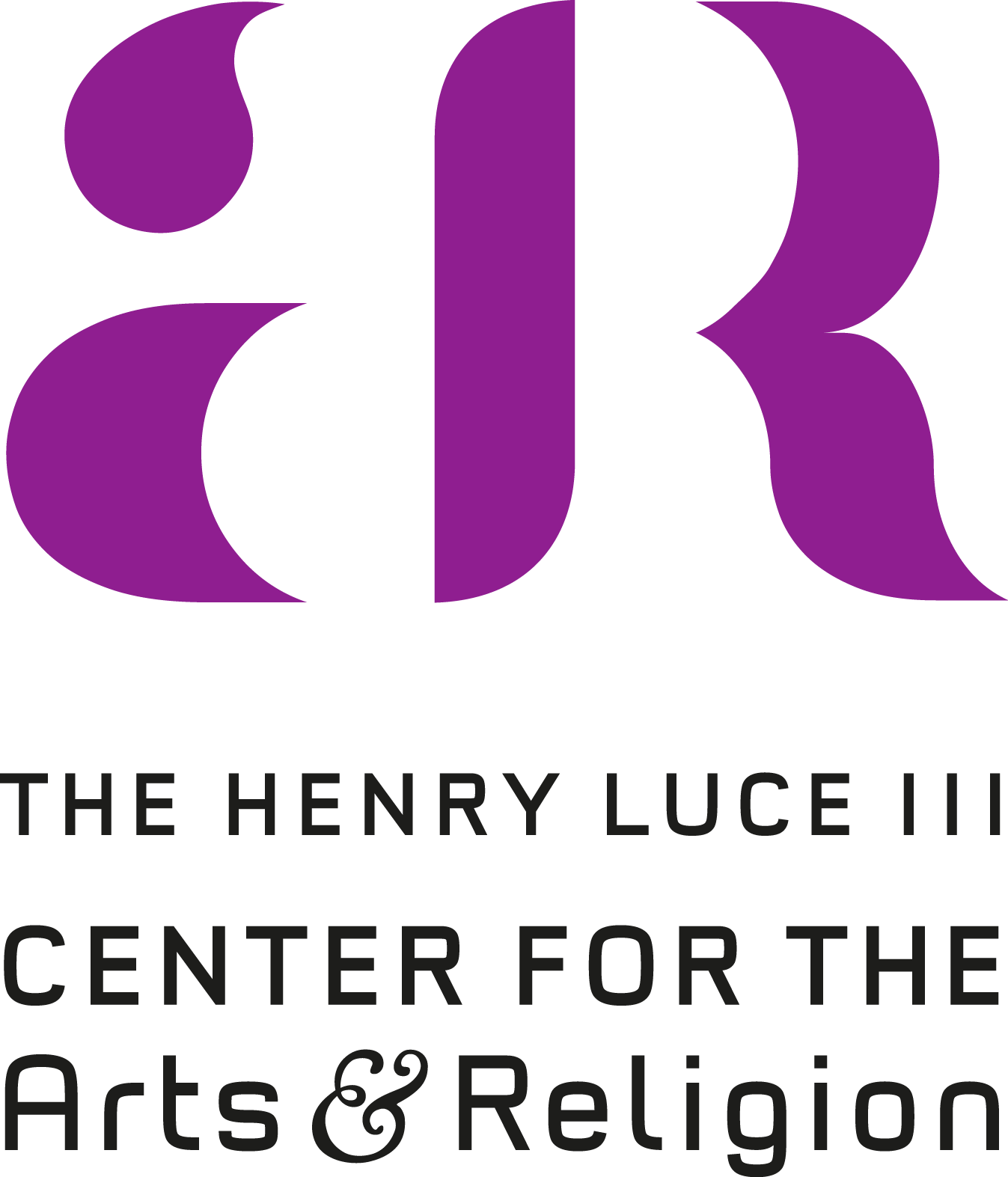Izzy Pludwinski
Cursive Aleph-bet (with quote from Rebbe Nachman: “Man must renew himself constantly”), 1995
25 x 10”
Gouache on paper
Like many contemporary lettering artists, Pludwinski’s calligraphic training and traditioning draw from many wells. Born in New York, he initially trained in Israel as a sofer, a ritual Jewish calligrapher who writes Torah scrolls and other sacred documents according to the highly specified rules of Jewish law. Later, he studied calligraphy in Britain, where he learned the Roman alphabet tradition and explored calligraphic art as individual expression. Throughout his career, he has continuously pushed the boundaries of what Hebrew calligraphy can do. It is fitting, then, that this piece couples his own rendering of the Hebrew alphabet with a proverb from Hasidic rabbi Nahman of Bratslav: “Man must continuously renew himself.”
Pludwinski lives out this motto on this page on several levels. Most the piece is taken up with a common genre of calligraphic creation: writing the alphabet in order, artistically and originally. He starts with alef (the first letter of the Hebrew alphabet) at top, and ends with tav (the last) at bottom. Most Hebrew calligraphy employs the square or block script, the formal letters used in printed Hebrew. Pludwinski instead uses cursive script, used for everyday writing. There is far less Hebrew calligraphic heritage in cursive, but the letters enable him to express a more gestural, spontaneous aesthetic. Here the scribe shows his Tai Chi and Japanese Zen calligraphy training, both practices in which the body’s movement is paramount, and the ink on paper records the transcript of the artist’s dance with pen and ink.
In the middle of the alphabet, halfway down, Pludwinski writes the Nahman quote in Hebrew: “Man must constantly renew himself.” The scribe uses square script, but with a twist: the second letter (from the right), the alef, takes form in cursive script, confidently ascending and descending below and above his neighbors. This alef is in ha-adam, “man” or “humankind,” suggesting a person who stands out as well: from the crowd, from the past.
Nahman’s motto continues in Pludwinski’s use of tool and color. His tool, an emery board used for nail files, is hardly a conventional lettering tool; since it does not hold pigment like a brush, it creates strokes which begin with much pigment and end with little. The colors evoke the rainbow which God set in the sky for Noah after the flood (Genesis 9:14–16); like a human, God here renews himself in his promise to never again destroy all flesh.
In his use of script, tool, and color, Pludwinski’s piece illustrates Nahman’s proverb and displays his own bodily movement. As he puts it, “the energy of the involvement, this excitement, is transferred to and embodied in the letters through the creative act.” In Jewish thought, the letters of the Hebrew alphabet are the building-blocks of creation; here they also serve as the build-blocks for human renewal and creativity.
—Homrighausen
Further reading:
Mordechai Beck, “The Art of Calligraphy,” interview with Izzy Pludwinski (The Jerusalem Report, February 25, 2013)
Barry Davis, “A Mark in Time: Calligrapher Izzy Pludwinski Turns Hebrew Letters into Art” (Jerusalem Post, October 15, 2017)
Interview with Izzy Pludwinski about his work on The Saint John’s Bible
Calderhead, Christopher, and Izzy Pludwinski. “Writing, Argument and Contemplation: A Conversation with Izzy Pludwinski Mostly by e-Mail.” Letter Arts Review 17, no. 2 (April 2002): 40–47.
Europa Scriptorium, Marí Emily Bohley, Ewan Clayton, Michel D’Anastasio, Maya Huber, Izzy Pludwinski, and Andrea Wunderlich. Sacred Letters, Sacred Words: Europa Scriptorium 2015 = Heilige Buchstaben, heilige Worte. Self-published, 2016.
Pludwinski, Izzy. Mastering Hebrew Calligraphy. New Milford, CT: Koren Publishers Jerusalem, 2012.
Vick, Susan, and Marc Michael Epstein. “Illuminating the Present: Contemporary Jewish Illumination.” In Skies of Parchment, Seas of Ink: Jewish Illuminated Manuscripts, edited by Marc Michael Epstein, 229–54. Princeton, NJ: Princeton University Press, 2015.




